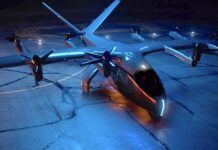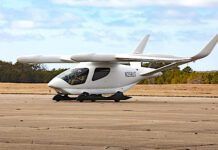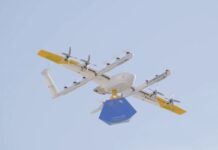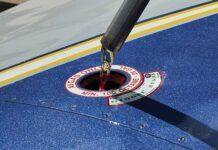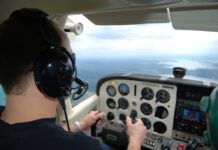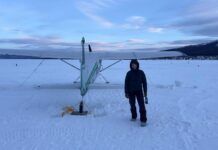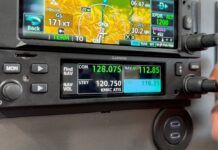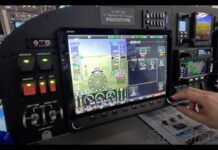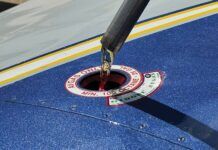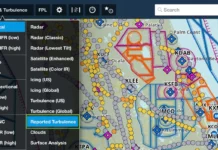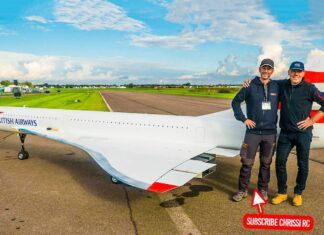
With new ADS-B products emerging about every other month, a surprise entrant into the dependent surveillance market may be search giant Google. According to a report in FlightGlobal, at an ICAO meeting last month, Google exec Dave Vos, who heads the company’s Project Wing internet effort, said the company is considering flooding the market with inexpensive ADS-B equipment in order to pave the path for the fleet of UAS delivery drones it envisions for the not-that-long-term future.
FlightGlobal quoted Vos as saying,”We think that – and we are going to do this – we will head-down the trajectory of putting into the marketplace really, really low-cost ADS-B solutions,” Vos told the ICAO audience. What’s low-cost? “We have to answer the question: What does the market find palatable in order to really transform? And that’s where we’re going,” Vos replied.
Currently, as revealed at the Aircraft Electronics Association convention in Dallas this week, the lowest cost ADS-B hardware is UAT Out-only options retailing for about $1995. Adding installation to that brings the total to about $4000 and the cheapest conceivable solution—slide-in 1090ES transponders—may still cost more than $3000. While ADS-B installation activity is picking up, shops report buyers are reluctant to make the purchase, evidently because they don’t see much value in doing so.
Vos told the ICAO audience that Google sees the lack of wide ADS-B equipage as hindrance to its plan for a fleet of delivery UAS, most of which will operate at 500 feet or below. Google is also partnering with Rockwell Collins to develop anti-collision technology, but it’s not known if this is optically based or electronically based, or both. At the recent Consumer Electronics Show in Las Vegas, Intel and a German company called Ascending Technologies demonstrated an optically based sense-and-avoid system using multiple drones.



